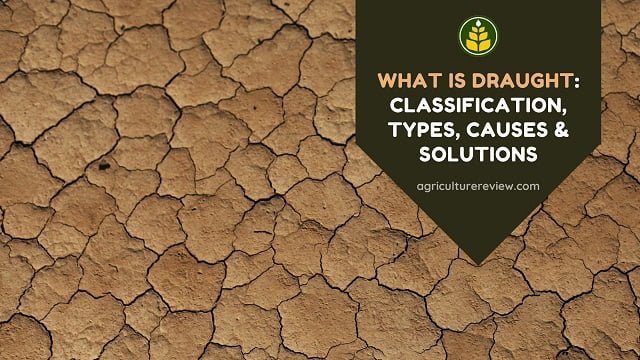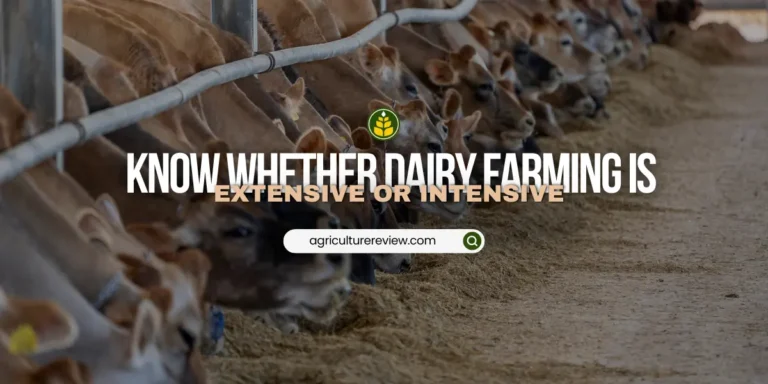While both horticulture and agriculture involve plant cultivation, they differ significantly in scale, purpose, & methodologies. Understanding these differences is crucial for students, professionals, and farmers in the agricultural sector.
What is Agriculture?
The word Agriculture is derived from two Latin words, the first one is Ager and the second word is Colore or Culture. The word culture means to cultivate and Ager means the field or land. Hence the word agriculture means the study of raising crops or livestock on the field.
It is a vast branch of science in which we cover all the aspects of growing food for humans and domesticated animals. This study helps to understand and improve food production across the globe. Scientists and farmers work together to fulfil the increasing demand of the food globally.
Agriculture Science has many branches such as agronomy, horticulture, plant engineering, economics, livestock, soil science, rural psychology, plant pathology, extension education etc. We study all under agriculture. To know more about what is agriculture, you can check out:
और पढ़ें: WHAT IS AGRICULTURE SCIENCE? EXPLAINED BY AGRICULTURE REVIEW!
Key Characteristics:
- Scale: Large-scale operations covering extensive land areas.
- Crops: Staple crops such as wheat, rice, maize, and cash crops like cotton.
- Techniques: Mechanized farming using tractors, combine harvesters, and irrigation systems.
- Purpose: Mass production for food security and industrial use.
What is Horticulture?
The word horticulture is derived from the Latin words “hortus” (meaning garden) and “colere” (meaning to cultivate). In broader terms, horticulture is a branch of agricultural science that deals with the cultivation of fruit crops, vegetable crops, flowers, landscaping, and post-harvest technology.
However, horticulture also involves the study of growing plants in gardens and landscaping, which is why some people get confused about the actual meaning of the word.
Key Characteristics:
- Purpose: Enhancing plant quality for consumption, aesthetics, and environmental benefits.
- Scale: Smaller-scale operations like gardens, nurseries, and greenhouses.
- Crops: High-value crops including fruits, vegetables, herbs, and decorative plants.
- Techniques: Manual and scientific methods such as grafting, pruning, and controlled environment agriculture.
Horticulture Vs. Agriculture
Now that you know about agriculture and horticulture, you’ve probably noticed some differences. To make it easier for you, this comparison table highlights the main differences between them.
| Aspect | कृषि | उद्यान-विद्या |
|---|---|---|
| Scope | Broad: includes crop science, animal husbandry, soil science, botany, entomology, pathology, and even horticulture | Narrow: limited to pomology, olericulture, floriculture, landscaping, and post-harvest technology |
| Scale | Large-scale, extensive land use | Small to medium-scale, intensive land use |
| फसलें | Staple and industrial crops | High-value fruits, vegetables, and ornamentals |
| Techniques | Mechanized, less labor-intensive | Manual, labor-intensive, scientific methods |
| उद्देश्य | Food security, raw materials for industries | Nutritional quality, aesthetics, environmental enhancement |
| Economic Impact | Significant contributor to GDP and employment | Niche markets, contributes to local economies |
| Environmental Impact | Potential for higher environmental degradation | Generally lower impact, promotes biodiversity |
I hope your understanding of horticulture and agriculture is clear now. If you have any doubts or questions, feel free to leave a comment below. Moreover, you can also connect with Agriculture Review on Facebook and Instagram.





